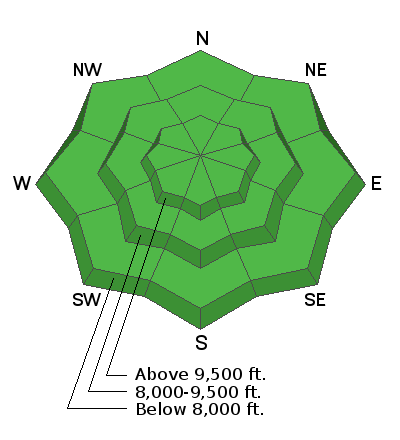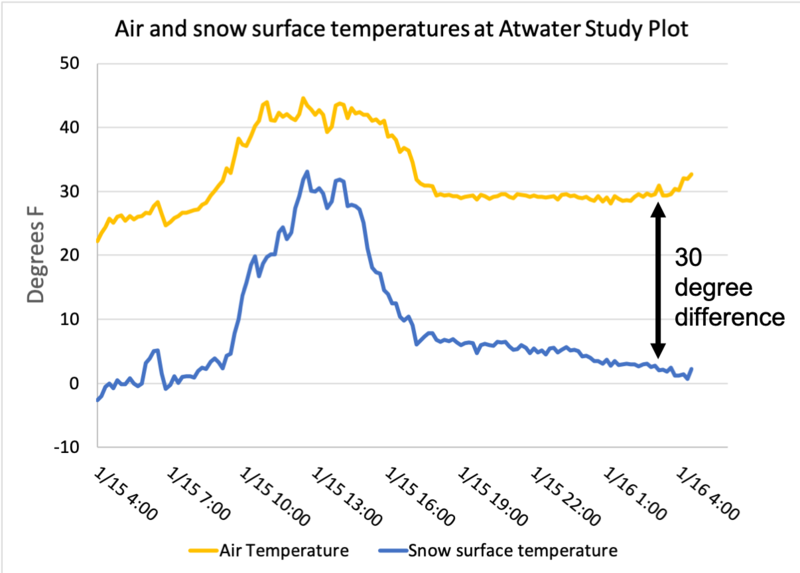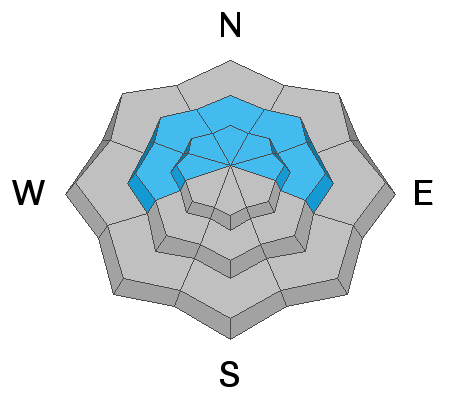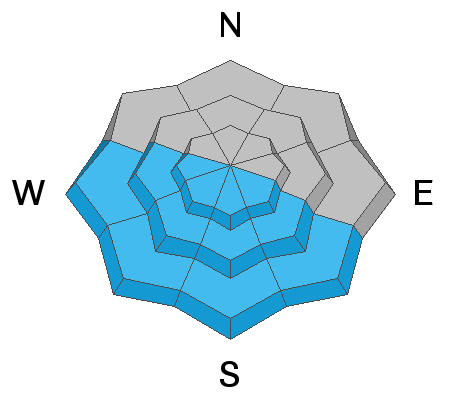Forecast for the Salt Lake Area Mountains

Issued by Mark Staples on
Sunday morning, January 16, 2022
Sunday morning, January 16, 2022
Today the avalanche danger is LOW on all aspects and elevations. Watch out for snow becoming wet on south-facing slopes especially in terrain with a lot of exposed rocks. In these isolated areas, there could be some loose wet avalanches.
Avalanches are unlikely today and conditions are generally safe, but low danger DOES NOT mean avalanches are impossible. There could be unstable snow in isolated areas.
Maintain normal safe travel protocols of only exposing one person at a time to avalanche terrain. If you were to trigger a slide, your only hope of surviving will be having partners watching you from a safe location.

Low
Moderate
Considerable
High
Extreme
Learn how to read the forecast here









